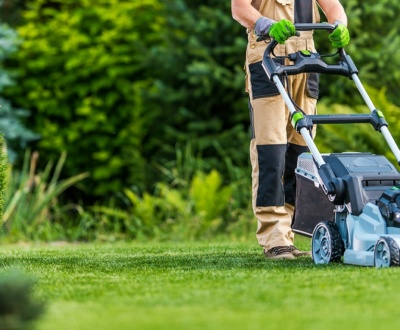Shopify SEO: Ultimate Guide to Optimizing Shopify Stores
- August 15, 2023
- Search Engine Optimization, Shopify SEO
Are you struggling to get your Shopify ecommerce store noticed in the vast sea of online retailers? Your competitors are just a click away, and it’s crucial to stay ahead of the game in search engine land. Welcome to the comprehensive guide on Shopify SEO, where we will walk you through the process of optimizing your online store for search engine success. By following the advice in this blog post, you’ll be on your way to increased visibility, traffic, and conversions.
If the SEO process seems too complicated though, you can always give our team at Nerdy South Inc a call at 321-914-0035. Our specialists are more than happy to help you out with your SEO needs!
The Summary
- Shopify SEO provides a solid foundation for e-commerce stores to optimize content, increase website speed and utilize relevant keywords.
- Keyword research should be conducted with the help of various tools and on-page optimization techniques can improve search engine rankings.
- Content marketing strategies, building quality backlinks & authority, utilizing Shopify SEO Apps & Tools as well as monitoring/measuring progress are essential steps for optimizing Shopify stores’ SEO performance.
Understanding Shopify SEO
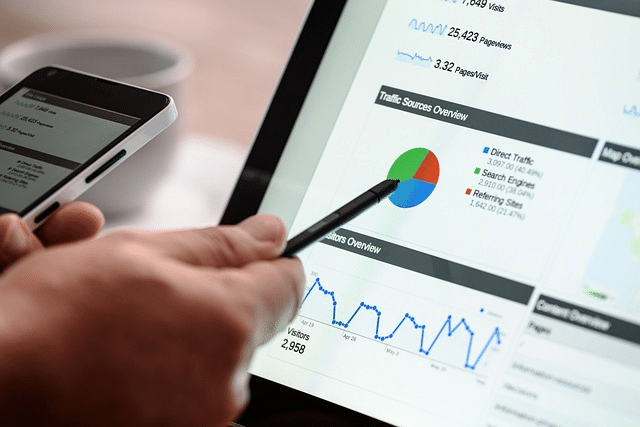
Shopify is a popular e-commerce platform used by well-known brands like Tesla and Pepsi. With built-in SEO features, Shopify provides a solid foundation for your online store’s search engine optimization efforts. But it’s crucial to understand the SEO implications of Shopify and how to boost visibility, drive traffic, and improve conversions on Google and other search engines. Approximately 35% of total traffic and 33% of revenue can be anticipated from search engine results pages for online stores that conduct keyword research and optimize their Shopify SEO.
The Shopify SEO guide demonstrates SEO tactics to enhance your store’s ranking in search engine results pages, leading to more traffic and conversions. Shopify SEO is tailored specifically for the online store platform, taking into account its unique structure, coding, and features. By utilizing strategies such as increasing site speed, avoiding content duplication, and optimizing content with relevant keywords, you can increase your target traffic and improve your search engine rankings.
Keyword Research for Shopify

Keyword research is the foundation of your Shopify SEO strategy. The purpose of conducting keyword research is to identify relevant and high-performing keywords to incorporate into your store’s content, such as product pages, blog posts, title tags, and meta tags like the meta description or structured data tags. By targeting the right keywords, but not keyword stuffing, you can improve your store’s visibility in search engine results pages and attract potential customers.
There are several tools available for conducting keyword research, such as Google Keyword Planner and Ahrefs. These tools help you discover search terms with high search volume and low competition, allowing you to focus your SEO efforts on keywords that will yield the best results. Once you’ve identified your target keywords, it’s time to incorporate them into your Shopify store, including the target keyword, by adding them to product titles, descriptions, meta tags, and URLs.
To generate even more keywords for your Shopify store, consider exporting keyword data from Google AdWords, optimizing for high revenue-generating keywords, reviewing current clicks/impressions in Google Search Console, utilizing Moz’s Keyword Explorer, and running competitors through tools like Ahrefs. MergeWords can also be employed to generate keyword variations.
Remember, the initial step in optimizing pages to rank for keywords is understanding the topic behind the keyword and striving to cover the topic as thoroughly as possible. This ensures that your store’s content will not only rank well in search engine results but also provide valuable information to your potential customers.
On-Page Optimization Techniques
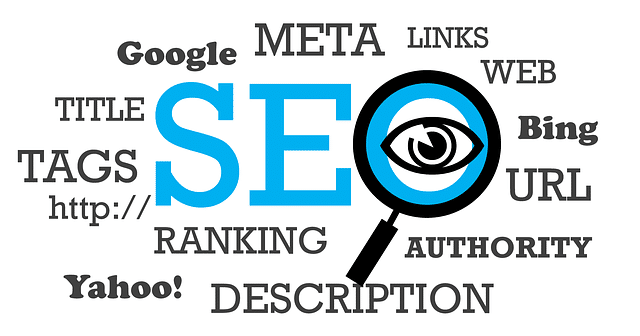
On-page optimization techniques play a vital role in enhancing the visibility and ranking of your Shopify store’s pages in search engine results. From optimizing meta tags to crafting unique product descriptions and ensuring proper image optimization, on-page techniques can drive more organic traffic to your store and improve user experience.
In the following subsections, we will explore the key on-page optimization techniques, such as meta tags, product descriptions, and image optimization, and how they can help improve your Shopify store’s search engine rankings and overall SEO performance.
Meta Tags
Meta tags are titles and descriptions that appear in search engine results, providing a brief overview of your store’s content. Optimizing meta titles and descriptions with relevant keywords is crucial to improve search engine rankings and click-through rates. By crafting compelling meta tags, you can entice users to click on your store’s link and explore your products.
Shopify simplifies the process of optimizing meta titles and descriptions. This helps improve your overall search engine rankings. Select a product or collection page and scroll to the “Search engine listing preview.” Click on “Edit website SEO” to update the meta information as per your target keywords. For e-commerce stores with hundreds or thousands of pages, consider employing a templated approach, creating a consistent format for titles and meta descriptions across a specific category of products.
Remember, well-crafted meta tags not only improve your store’s search engine rankings, but also provide valuable information to potential customers. By optimizing your meta tags, you can create a strong first impression and increase the likelihood of users clicking through to your store from search results.
Product Descriptions
Product descriptions play a significant role in both SEO and user experience. Well-written, unique, and keyword-rich product descriptions can enhance your store’s SEO efforts and provide valuable information to potential customers. Including distinct content on product pages also increases your chances of ranking higher in search engine results pages.
However, using the same product descriptions across multiple products can lead to duplicate content, negatively impacting your search engine rankings. To avoid this issue, ensure that each product description is unique and tailored to the specific product. By creating product descriptions from a user-oriented perspective, you can increase conversions and improve your store’s overall SEO performance.
Remember, the goal is to provide valuable information to customers while incorporating relevant keywords. Striking the right balance between SEO and user experience is essential for crafting effective product descriptions that drive both traffic and sales.
Image Optimization
Image optimization is another crucial aspect of on-page SEO for your Shopify store. Ensuring images are properly compressed, have descriptive file names, and include alt text can improve your search engine rankings and user experience. Optimizing images not only helps search engines understand the subject matter of your store’s content, but also aids users with screen readers, making your store more accessible to a wider audience.
To optimize images for SEO in Shopify, use descriptive file names and include alt text for each image. This helps search engines understand the content of your images and can improve your store’s visibility in image search results. Additionally, compressing your images can help reduce page load times, leading to a better user experience and improved search engine rankings.
Remember, image optimization not only benefits your store’s SEO, but also contributes to an enhanced user experience. By taking the time to optimize your images, you can ensure a seamless browsing experience for your customers and improve your store’s search engine performance.
Site Structure and Navigation

A well-structured and user-friendly ecommerce site is essential for both users and search engines to easily navigate and understand your Shopify store. Google evaluates the navigability of a website before ranking it, and websites that are easy to navigate typically experience increased user engagement and reduced bounce rates. Therefore, creating a logical site structure and clear navigation is crucial for your store’s SEO success.
Consider the example of Gymshark, a fitness apparel brand with a simple and straightforward navigation system. Their homepage features two main menu options, and when hovering over either the Women’s or Men’s option, a dropdown list of products and collections is displayed, divided into trending items, staple products, and specific styles. By following a similar approach, you can create a clear and user-friendly navigation system for your Shopify store.
In addition to a clear navigation system, implementing breadcrumbs can further enhance your store’s site structure and user experience. Breadcrumbs offer users convenient internal links that display their current location within the website structure, making it easier for them to navigate your store. Also, consider using BreadcrumbList structured data to help Google understand the relationships between different pages on your site.
Finally, don’t forget to submit your store’s sitemap to Google Search Console. This facilitates the crawling and indexing of your store by search engines, ensuring that your store’s pages are properly discovered and ranked in search results. By focusing on site structure and navigation, you can create a seamless user experience that helps both users and search engines easily understand and navigate your Shopify store.
Technical SEO Considerations
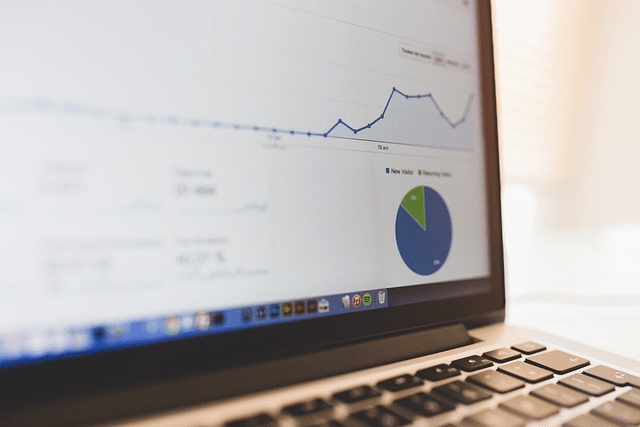
Technical SEO is the practice of optimizing a website’s technical aspects to maximize its visibility and rankings in search engine results. Addressing technical SEO errors can result in improved search engine rankings, increased visibility, and enhanced user experience. Some of the main technical SEO considerations for your Shopify store include duplicate content, sitemap submission, and site speed.
Duplicate content is a common issue with Shopify stores, particularly when it comes to product and collections pages. This can be problematic for search engines as they may struggle to decide which of the duplicate pages should be the canonical version, leading to divided link signals and lower rankings. To address duplicate content issues, consider implementing canonical tags or exploring other solutions to ensure that your store’s content is unique and properly indexed by search engines.
As mentioned earlier, submitting your store’s sitemap to Google Search Console is crucial for ensuring that your store’s pages are properly crawled and indexed by search engines. Additionally, keep an eye on your sitemap.xml file for any legacy pages that may still be included, as these can negatively impact your store’s search engine rankings.
Finally, optimizing your Shopify store’s site speed is essential for both user experience and search engine rankings. Implement solutions like lazy loading images, compressing images, removing unused Shopify apps, resizing large images on important pages, and migrating tracking codes to Google Tag Manager to improve your store’s site speed. By addressing these technical SEO considerations, you can ensure that your Shopify store performs optimally in search engine results and provides an excellent user experience.
Content Marketing Strategies

Content marketing is a powerful tool for attracting organic traffic and improving your Shopify store’s SEO. By creating valuable and engaging content, such as blog posts, product videos, reviews, and tutorials, you can showcase your products and expertise, driving more traffic to your store and establishing your brand as an authority in your niche. Regularly publishing blog posts tailored to targeted keywords can significantly boost your store’s SEO performance. By covering relevant topics and incorporating keywords strategically, you not only improve your store’s search engine rankings, but also provide valuable information to your potential customers.
Another effective content marketing strategy is leveraging influencer marketing. Partnering with influencers in your niche can help you reach a larger audience and generate valuable backlinks to your store, further improving your SEO efforts. Additionally, consider employing the Skyscraper technique, which involves finding relevant content from competitors, creating something superior, and connecting with the appropriate people to acquire their links.
Remember, the key to successful content marketing is consistency and quality. By regularly publishing valuable and engaging content, you can establish your brand as an authority in your niche, attract organic traffic, and improve your Shopify store’s SEO performance.
Building Quality Backlinks & Authority

Backlinks are links that direct users to your website from other websites. High-quality backlinks play a significant role in improving your store’s authority and search engine rankings. There are both active and passive link-building strategies that can help you acquire high-quality backlinks for your Shopify store.
Active link building involves developing a plan and strategy to acquire links from other sites. This can include reaching out to relevant websites for guest posting opportunities, conducting broken link building campaigns, or leveraging PR campaigns to gain media coverage and authoritative links.
Passive link building, on the other hand, refers to daily activities that contribute to your SEO efforts in the long term. This can include creating valuable content that naturally attracts backlinks or engaging with your audience on social media to build relationships and increase visibility.
Remember, the key to successful link building is focusing on quality over quantity. Acquiring a few high-quality backlinks from well-known websites can have a much greater impact on your search engine rankings and overall SEO performance than a large number of low-quality links. By focusing on building quality backlinks and authority, you can improve your Shopify store’s search engine rankings and drive more organic traffic to your site.
Utilizing Shopify SEO Apps and Tools

Shopify offers a range of SEO apps and tools to help optimize your store and streamline the SEO process. These apps can assist with various aspects of your store’s optimization efforts, such as keyword research, link building, and analytics. By leveraging these Shopify-specific apps and tools, you can enhance your store’s optimization efforts and ensure continued growth in search engine rankings.
Some popular Shopify SEO apps include Yoast SEO, which is compatible with Shopify and offers various features to help optimize your store’s content, meta tags, and more. Other useful apps and tools include Smart SEO, which can help with optimizing your store’s structured data and rich snippets, and Plug in SEO, which provides on-page optimization suggestions and reports.
In addition to Shopify-specific apps, there are also many general SEO tools that can be used to enhance your store’s optimization efforts. These tools can help with tasks such as keyword research, competitor analysis, and backlink monitoring, providing valuable insights to inform your SEO strategy and drive more organic traffic to your store.
Remember, the key to successful Shopify SEO is staying informed and continually optimizing your store’s content and technical aspects. By utilizing Shopify SEO apps and tools, you can ensure that your store is properly optimized for search engines and positioned for continued growth in search engine rankings.
Monitoring and Measuring SEO Progress
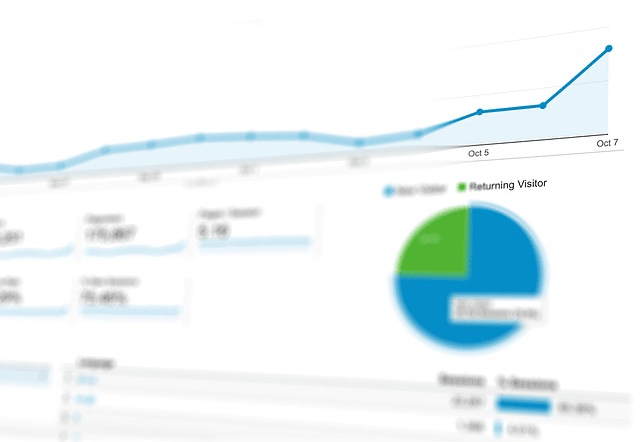
Regularly tracking and analyzing your Shopify store’s SEO performance is essential to identify areas for improvement and ensure continued growth in search engine rankings. Monitoring your store’s SEO progress involves utilizing various tools and analytics to track key metrics such as organic traffic, keyword rankings, backlinks, and website performance.
Google Analytics is one of the most popular tools for monitoring SEO progress, providing insights into your store’s organic traffic, user engagement, and conversion rates. By analyzing this data, you can identify which strategies are effective and make data-driven decisions to enhance your store’s visibility and rankings in search engine results.
In addition to Google Analytics, there are many other SEO tools available that can help you monitor your store’s performance, such as Ahrefs, Moz, and SEMrush. These tools can provide valuable insights into your store’s keyword rankings, backlink profile, and overall SEO health, allowing you to make informed decisions and continually optimize your store for search engine success.
Remember, the key to successful SEO monitoring and measurement is consistency and adaptability. By regularly tracking and analyzing your store’s SEO performance, you can identify areas for improvement, make data-driven decisions, and ensure that your Shopify store continues to grow and succeed in search engine rankings.
Summary
In conclusion, optimizing your Shopify store for search engine success is an ongoing process that requires a combination of keyword research, on-page optimization techniques, a well-structured site, technical SEO considerations, content marketing strategies, quality backlinks, and the use of Shopify SEO apps and tools. By regularly monitoring and measuring your store’s SEO performance, you can identify areas for improvement and ensure continued growth in search engine rankings. With dedication and persistence, your Shopify store can achieve the visibility, traffic, and conversions it deserves.
Shopify SEO FAQs
Can you do SEO with Shopify?
Shopify is a great platform for SEO due to its clean coding, organized structure, and built-in features such as auto-generated canonical tags, custom titles and descriptions, image alt text, and sitemap. xml, and robots. All of these can be used to optimize your content for higher rankings in search engine results pages.
What is the best way to SEO a Shopify website?
To optimize a Shopify website for SEO, conduct keyword research, infuse keywords into page content and navigation, get backlinks, optimize for speed, blog regularly, and use the right Shopify SEO app. Additionally, build keywords into headings, topic content, URLs, meta titles and descriptions, and image names.
Is SEO free on Shopify?
Yes, SEO can be free on Shopify thanks to a variety of tools and applications that allow website owners to save time and maximize their SEO efforts. These tools and applications can help website owners optimize their content for search engines, track their rankings, and even generate backlinks. They can also help website owners create content that is optimized for specific keywords and phrases. However, these tools are not a substitute for the much better paid tools that exist, or a comprehensive SEO strategy; website owners must still invest time and resources into creating content that is both valuable to their target audience and optimized for search engine algorithms.
Free SEO Audit & Analysis
To get started, simply fill out the form with your contact information and a brief description of the project. Our team will review your request and contact you with more details about the process. We look forward to working with you! Thank you for choosing Nerdy South Inc. for your project. Let’s get started!
About us and this blog
We are a digital marketing company with a focus on helping our customers achieve great results across several key areas.
Request a free quote
We offer professional SEO services that help websites increase their organic search score drastically in order to compete for the highest rankings even when it comes to highly competitive keywords.

